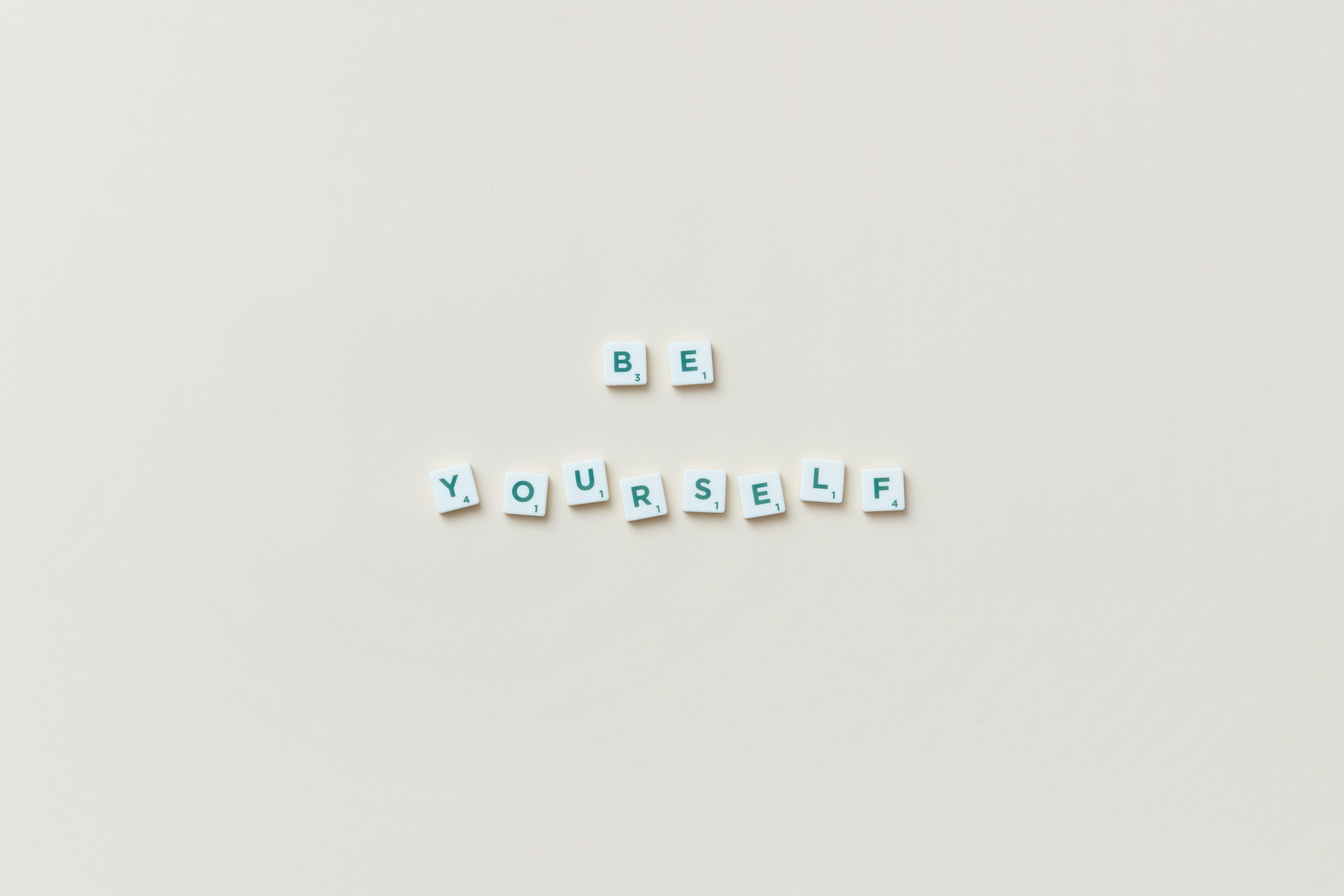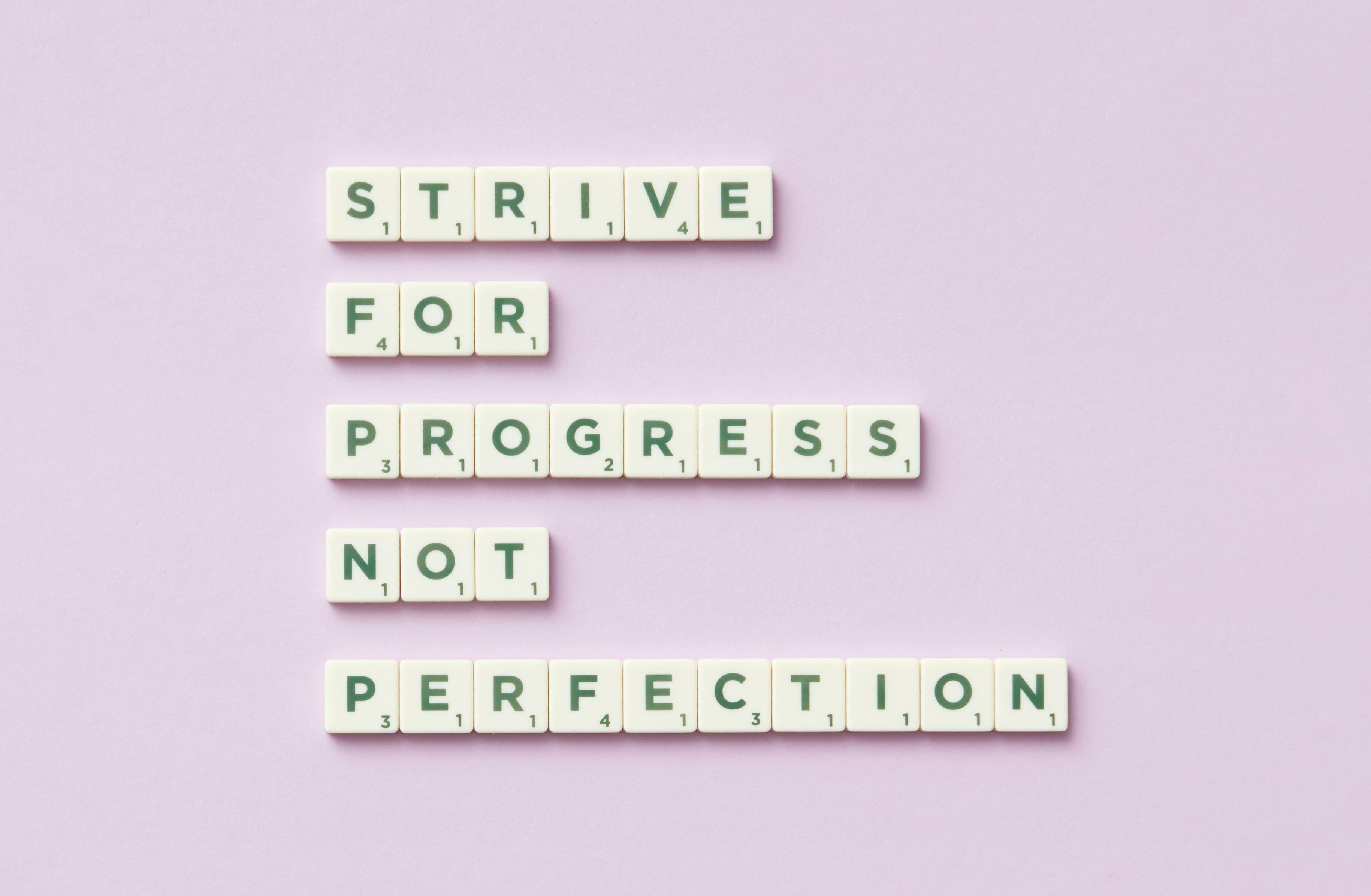Imagine if, instead of constantly trying to “fix” ourselves, we could build on what’s already great about who we are. That’s the heart of positive psychology. Rather than focusing on our weaknesses, this approach asks us to identify our strengths and use them to live richer, more satisfying lives. Introduced by Dr. Martin Seligman in the late 1990s, positive psychology has transformed how we think about mental health and well-being, moving the focus from just “fixing what’s wrong” to thriving in life.
And here’s the incredible part: Research shows that leaning into our strengths doesn’t just make us feel better—it actually improves our resilience, relationships, and even productivity. In fact, people who use their strengths daily are six times more likely to be engaged in their work and three times more likely to report high life satisfaction, according to Gallup. So, let’s dive into what focusing on strengths really means and how you can use this approach to add more meaning, joy, and accomplishment to your life.
Why Focus on Strengths? The Science of Thriving
Most of us are pretty good at identifying what we don’t do well, right? But research shows there’s a better path: building on what we’re naturally good at. Studies from the University of Pennsylvania reveal that people who consciously use their strengths feel more confident, energized, and happier. In fact, when we use our strengths, we can experience a “flow” state—those moments when we’re so absorbed in an activity that time flies, and we’re fully present and engaged.
The Benefits of a Strengths-Based Life
A strengths-based approach helps us:
- Reduce stress: By focusing on what we’re good at, we reduce the need to over-criticize or fixate on flaws.
- Increase confidence: Studies show that people who identify and use their strengths daily are 14% more likely to feel a sense of accomplishment and self-worth.
- Boost resilience: When we’re grounded in our strengths, we’re more equipped to handle setbacks. Instead of feeling defeated, we draw on our natural abilities to navigate challenges.
Example: Imagine someone who’s naturally empathetic and makes people feel understood. In a tough situation, instead of feeling powerless, they could lean into this empathy to connect with others and find solutions that work for everyone involved.
Finding Your Strengths: The VIA Classification
The Values in Action (VIA) Classification of Character Strengths, created by Dr. Seligman and Dr. Christopher Peterson, breaks down 24 strengths into six main categories, or “virtues.” This system is one of the most respected ways to understand and apply our strengths in everyday life.
The Six Virtues and Their Strengths
Wisdom and Knowledge: Strengths that involve learning and applying knowledge.
- Creativity
- Curiosity
- Judgment
- Love of Learning
- Perspective
Courage: Strengths that help us face difficulties.
- Bravery
- Perseverance
- Honesty
- Zest (enthusiasm and energy)
Humanity: Strengths that bring us closer to others.
- Kindness
- Love
- Social Intelligence
Justice: Strengths that promote fairness and community.
- Teamwork
- Fairness
- Leadership
Temperance: Strengths that protect us from excess.
- Forgiveness
- Humility
- Prudence
- Self-Regulation
Transcendence: Strengths that give life meaning and connection.
- Appreciation of Beauty
- Gratitude
- Hope
- Humor
- Spirituality
Take the free VIA Survey online to identify your top strengths. Once you know them, think about how you can use them daily.
Example: If your top strength is “Curiosity,” you might try exploring new topics at work, reading up on unfamiliar subjects, or asking questions that spark insightful conversations. This not only makes life more interesting but also energizes you.
Applying Strengths at Work and in Relationships
Strengths aren’t just personal—they’re powerful in professional and social settings too. People who apply their strengths at work are not only more engaged but also experience less stress and are more likely to stay with their employer. And when it comes to relationships, focusing on strengths builds a foundation of appreciation and mutual respect.
Using Strengths at Work
- Spot Your Strengths in Action: Notice what activities make you feel energized and focused. These are often clues to your strengths.
- Match Strengths to Goals: If you’re strong in creativity, find ways to bring that skill to problem-solving or brainstorming sessions. If your strength is leadership, look for opportunities to guide a team or project.
- Celebrate Small Wins: Each day, reflect on how you used a strength. Acknowledging these moments can improve work satisfaction and boost productivity by up to 8%, according to Gallup.
Example: Suppose “Leadership” and “Teamwork” are strengths of yours. You could lead a collaborative project, making sure everyone’s voice is heard. Research shows that people who regularly use their strengths report 23% less work-related stress.
Strengths in Relationships
In relationships, focusing on strengths creates positive interactions and reinforces trust. The Harvard Study of Adult Development, one of the longest-running studies on human happiness, found that close, positive relationships are the biggest predictor of lifelong happiness. Here’s how to use strengths to enrich relationships:
- Highlight Each Other’s Strengths: Make it a habit to point out strengths in others, whether it’s a friend’s humor or a partner’s patience.
- Use Strengths to Resolve Conflict: In tough moments, think about which of your strengths could help. If “Perspective” is a top strength, use it to see the situation from different angles before responding.
- Celebrate Strengths Together: Take time to acknowledge and celebrate the strengths in your partner, friends, or family. This reinforces positive qualities and builds mutual respect.
Example: If you know your friend’s strength is kindness, tell them how much their support means to you. This small act can deepen bonds and create a more fulfilling connection.
The PERMA Model: Five Building Blocks of Well-being
Dr. Seligman’s PERMA Model outlines five elements essential to well-being: Positive Emotion, Engagement, Relationships, Meaning, and Accomplishment. Each of these can be strengthened by focusing on our unique abilities.
1. Positive Emotion
Positive emotions are powerful for mental health. They broaden our perspective, improve our resilience, and increase happiness. According to the Journal of Positive Psychology, just writing down three good things each day can improve mood for up to six months.
Practice: End your day by writing down three things that went well and why. Research shows that this practice can boost positivity and build long-term resilience.
2. Engagement
Engagement is about being fully absorbed in activities, often when we’re using our strengths. This state, also known as “flow,” makes life more fulfilling and meaningful.
Try This: Identify one strength, like creativity, and find ways to use it in activities that make time fly. People who experience flow report feeling 34% more satisfied with life.
3. Relationships
Positive relationships are key to well-being. Strengthening relationships can be as simple as taking the time to notice and appreciate the strengths in others.
Practical Tip: Practice “active-constructive responding” by engaging fully and asking questions when someone shares something positive with you. This strengthens connections and builds trust.
4. Meaning
Using strengths to contribute to something larger than ourselves adds meaning to life. Meaningful engagement, whether through work, volunteering, or personal passions, can create a deeper sense of purpose.
Apply It: Think about how you can use strengths like kindness, gratitude, or hope to give back or make a difference, whether in small acts or big projects.
5. Accomplishment
Setting and achieving goals fuels our sense of progress. When these goals are aligned with our strengths, we feel more fulfilled and motivated.
Goal-Setting Tip: Create S.M.A.R.T. goals (Specific, Measurable, Achievable, Relevant, and Time-bound) and connect them to your strengths. If “Perseverance” is a strength, set a goal that challenges this skill.
Real-Life Strategies for a Strengths-Based Mindset
Positive psychology isn’t just about knowing our strengths—it’s about putting them to work. Here’s how to build a life that emphasizes your natural talents and helps you flourish.
Strength-Based Problem Solving
When facing a challenge, instead of focusing on weaknesses, consider which of your strengths might help you tackle it.
Example: Facing a new job transition? Use “Curiosity” to learn about the industry and connect with others in your field. Or, lean into “Social Intelligence” to build rapport with your new team.
Gratitude for Strengths
Take time each week to appreciate your strengths and how they’ve served you. Studies show that gratitude practices can improve happiness by 25% and reduce stress significantly.
Practice: List three of your strengths and write down one way each has positively impacted your life recently. Reflect on how these traits have helped you grow.
Building a Strengths Community
Surrounding yourself with people who value strengths can amplify the benefits of positive psychology. Create a “strengths circle” with friends or colleagues, where you recognize and celebrate each other’s strengths.
Try This: At your next gathering, share each person’s top strength and an example of how they’ve used it. This can create a sense of support and build lasting bonds.
Moving Forward: Strengths as Your Personal Superpowers
Positive psychology reminds us that we don’t need to reinvent ourselves to lead fulfilling lives—we just need to nurture what’s already good within us. Focusing on strengths doesn’t mean ignoring areas for growth; it means using the best of who we are to thrive.
As Dr. Seligman put it, “What you do matters, but what you do well matters more.” So, start today by identifying your strengths, using them in small ways, and watching as your confidence, well-being, and joy grow.
Practice positive psychology with Hapday, Your Wellbeing Assistant
Join the millions of people using Hapday. Improve overall wellness & sleep.




